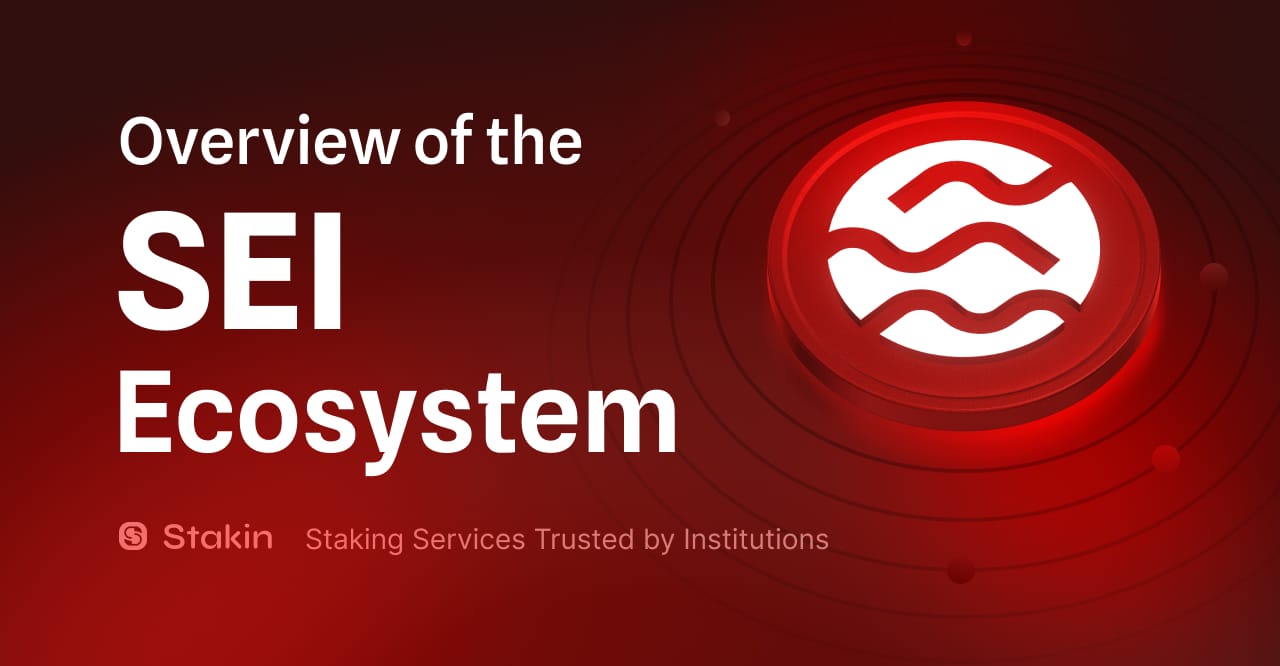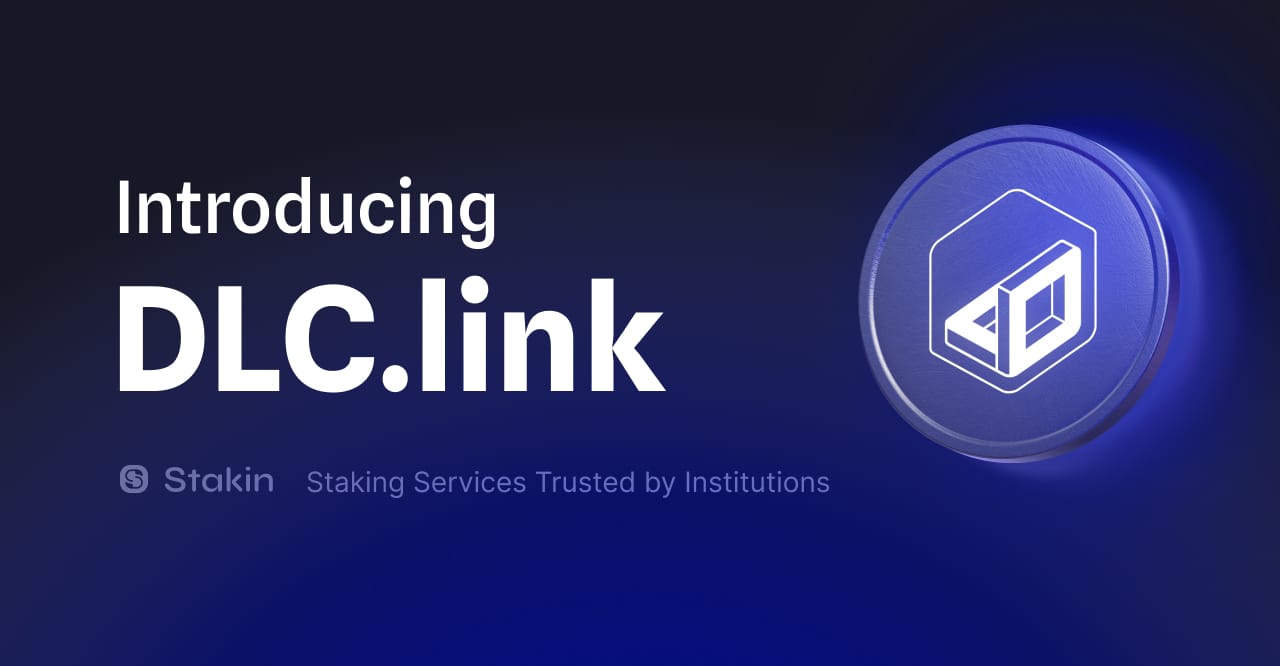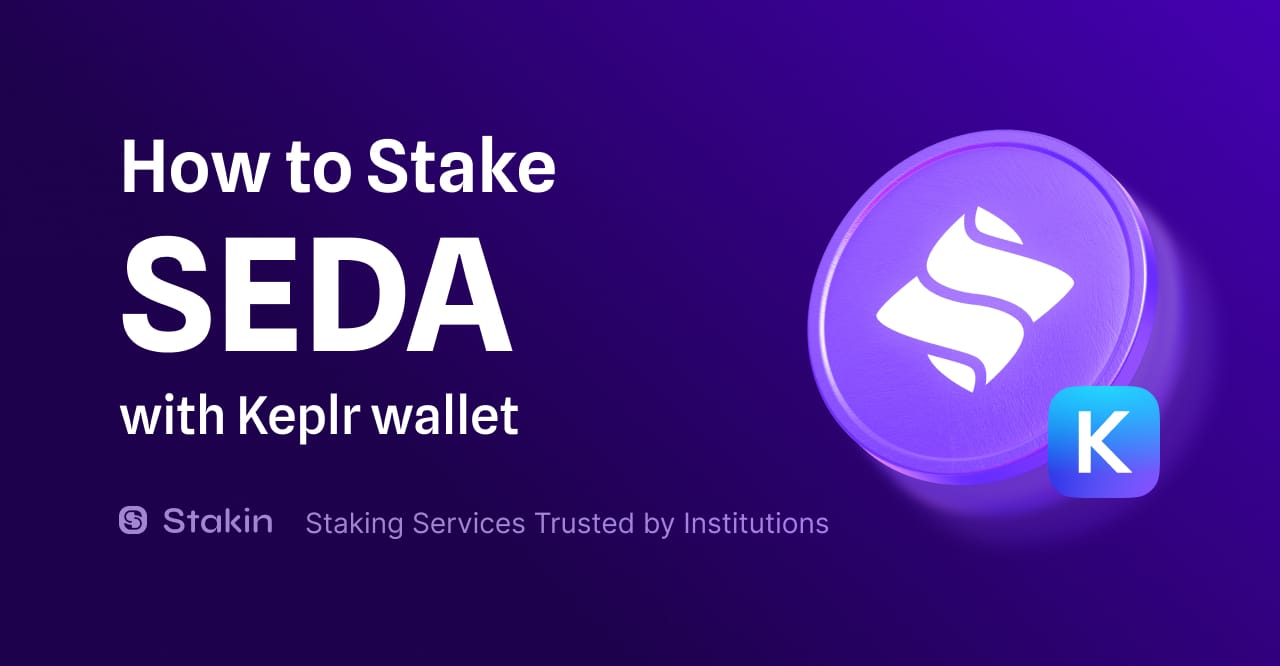In this article, we’ll explore Router Protocol, a Layer-1 blockchain leveraging the Cosmos SDK and Tendermint BFT consensus engine. Created in 2020, Router Protocol aims to onboard the next billion users into the blockchain ecosystem by removing inter-chain barriers that stop ecosystem communities from collaborating and growing together.
As a Proof-of-Stake (PoS) blockchain, Router Protocol is a network of validators with economic incentives to help secure the network. The Cosmos SDK is used in constructing the Router chain, which incorporates all of Cosmos' capabilities, most notably CosmWasm, a platform for smart contracts that puts security first. Developers can start creating safe blockchain applications on the Router chain from the beginning or easily move their current applications to the Router chain using the CosmWasm toolkit.
Apart from being a PoS blockchain, Router also provides an innovative solution to solve the problem of blockchain interoperability. Validators running on the Router chain can also monitor state changes on other chains and validate state changes on the Router chain. Applications on the Router chain can create their own logic to set off events in response to these changes in the external state.
A trustless network of relayers can also be used by apps on the Router chain to update states on external chains. Simply put, the Router architecture enables secure, decentralized communication between contracts on one chain and contracts on other networks.
Decentralized Trust-Based Approach
So, what attributes make Router Protocol such an interesting blockchain project? First, Router embraces a decentralized trust-based approach strategically chosen over a trustless model. The rationale behind this decision stems from the latter's limitations in supporting application-specific bridging logic. By eschewing a trustless setup, Router Protocol paves the way for a wider array of applications to flourish. Under this new approach, cross-chain requests originating from third-party chains traverse the Router chain's Tendermint-based Proof-of-Stake (PoS) consensus mechanism.
Many independent validators secure the network, requiring a minimum validation of two-thirds plus one vote. This mechanism significantly reduces the trust required from users while ensuring the protocol's integrity. Validators adhering to excessive downtime or engaging in malicious activities face penalties, bolstering the network's security. It's a dynamic ecosystem where validators' incentives align with the protocol's stability, inhibiting malicious behavior.
However, recognizing the diverse needs of applications, Router V2 incorporates Additional Security Modules (ASMs). These modules empower developers to embed custom security measures such as optimistic verification and m-out-of-n multisig, further enhancing the security landscape.
Middleware Contracts Support
One special thing about Router is that it can work with middleware contracts. In the past, making special rules in systems that connect different blockchains was difficult. Apps had trouble adding an "If this happens, then do that" rule, which meant they had to change their code and use it on many chains.
But Router Protocol changes all that with its middleware contracts. These contracts give apps the power to put their unique rules into the part connecting different blockchains. Router Protocol allows things like grouping actions, doing steps in order, and ensuring things happen without problems. All of this can be done directly from the Router system. With the help of these contracts, apps can do tasks like routing different cases, using less repeated code, and easily setting up their rules.
Router Protocol aims to be a hub that keeps track of data and ensures things are safe. It's especially useful for things that happen across different blockchains.
Protecting What's Important and Flexibility
Router Protocol doesn't just rely on one security level–it has multiple layers. Apps that use Router can add extra security measures to keep things safe. Before something goes from one chain to another, there's a check to make sure everything's okay. It's like double-checking that things are safe before they move.
Furthermore, Router Protocol is all about being flexible. As things change and new ideas pop up, Router can adjust. It can work in different ways depending on what's needed. Developers can choose how things are done, like if they want things to work without keeping much memory or with a bit more memory for complex tasks. For example, the Router chain understands different programming languages, which makes it easy for developers to work with. Whether someone is used to Rust, Solidity, or Vyper, Router is ready to help them build things the way they know best
Apps built with Router Protocol can have their own safety rules. Depending on where things are coming from, how much is being moved, or how quickly things need to happen, apps can set up their own safety checks. This extra layer of safety is like having your own bodyguard.
For those interested in building, Router Protocol is like a toolbox with different tools. Developers can pick how they want to connect things. They can choose to use a method that keeps track of many things or go with something simpler. It's like choosing between a fancy car with many features or a simple, straightforward one. Additionally, developers can take different pieces of the Router system and add them to their own projects.
Router and Inter-Blockchain Communication
Because Router Protocol is built with Tendermint and the Cosmos SDK, it can talk to other similar systems thanks to a special method called Inter-Blockchain Communication (IBC). Inter-Blockchain Communication or IBC refers to Cosmos' interoperability protocol for communicating arbitrary data between arbitrary state machines.
The IBC has two different layers: the transport layer (TAO), which makes delivers the infrastructure to establish secure connections and authenticate data packets between blockchains. The second is the application layer, which defines how the data packets should be packaged or wrapped and interpreted by the sending or receiving chains.
The IBC application layer can be used to build various cross-chain applications, including interchain accounts, non-fungible token transfers, oracle data feeds, etc.
Because of IBC, different blockchains, among which Router Protocol, can easily work together. They can share things like tokens or instructions, making the process smoother and their users better connected.
Final Thoughts
To wrap things up, Router Protocol aims to change how we think about sharing and security in the world of finance. Its unique features, like how it handles different types of security and flexibility, show that it's not just another ordinary system. Router Protocol is shaping a future where users, developers, and blockchains work together for a stronger and more connected decentralized world. The network is currently still in Testnet; more information can be found on stakin.com/stake/routerprotocol.
DISCLAIMER: This is not financial advice. Staking, delegation, and cryptocurrencies involve a high degree of risk, and there is always the possibility of loss, including the failure of all staked digital assets. Additionally, delegators are at risk of slashing in case of security or liveness faults on some protocols. We advise you to do your due diligence before choosing a validator.



